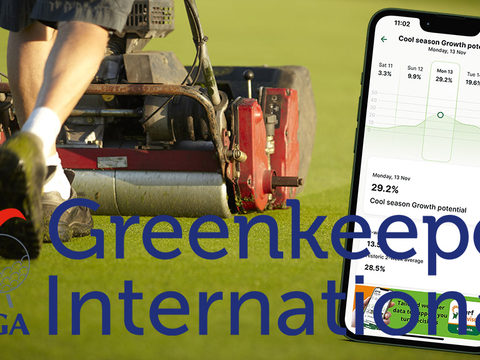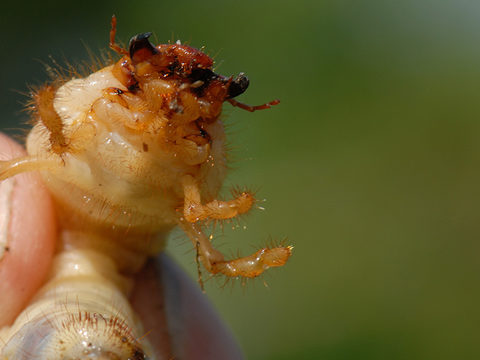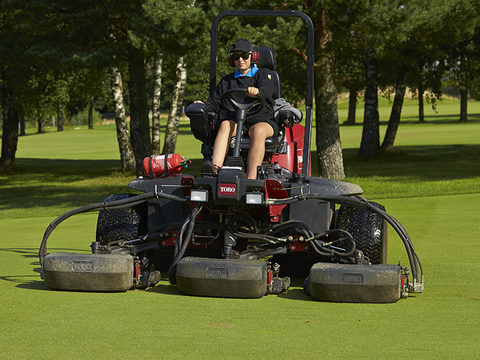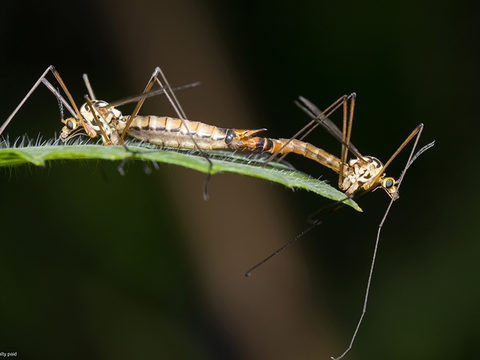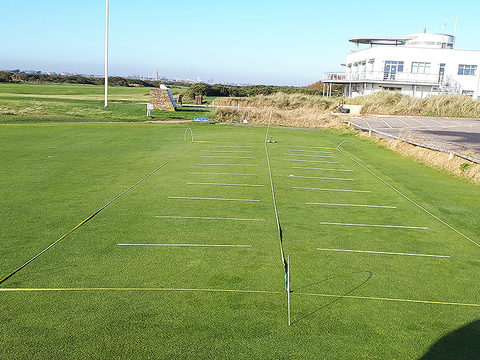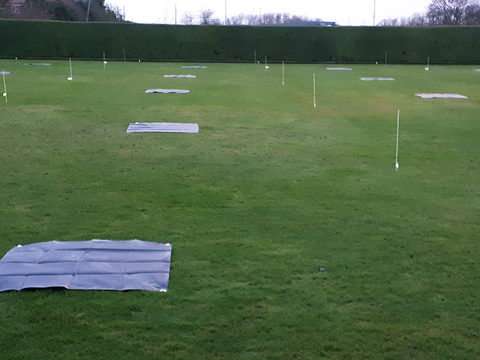Spring time for weed control
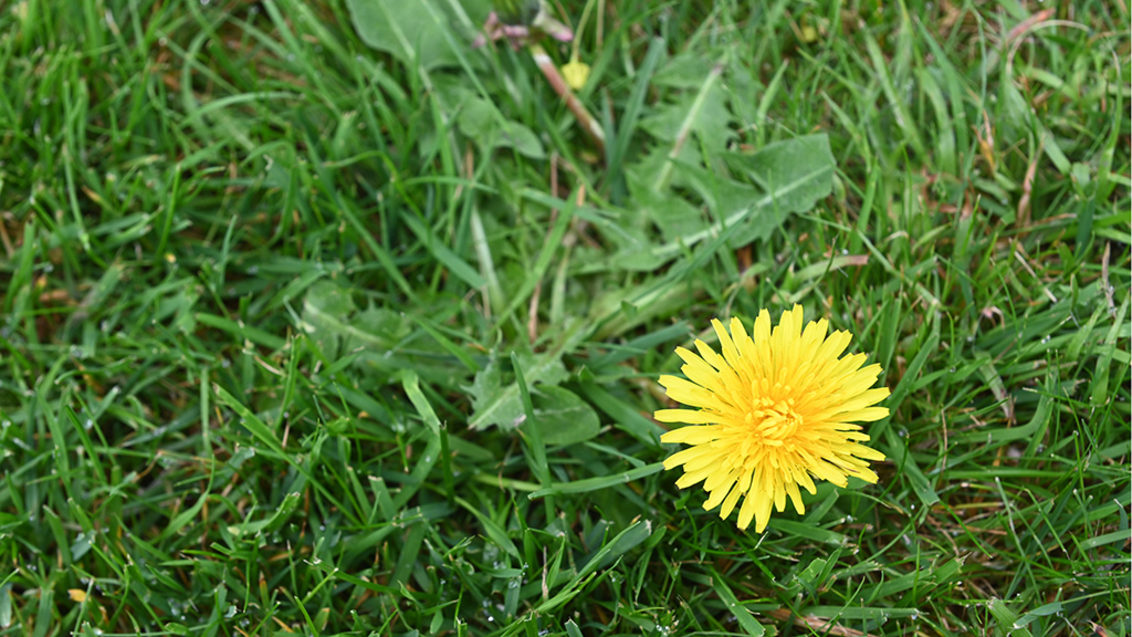
The Syngenta Golf Player Survey revealed a surface free of weeds was rated the second most important factor in turf quality for golfers, second only to surface smoothness – and above being free of disease scars, green speed or firmness.
Removing problem weeds early in the spring with Overtake gives a better opportunity for turf recovery and presentation of optimum conditions through the busiest playing season. Avoiding feeding weeds will ensure more of the costly nutrient inputs are fully utilised by turf, as well as cutting competition for moisture and light, writes Syngenta Technical Manager, Sean Loakes.
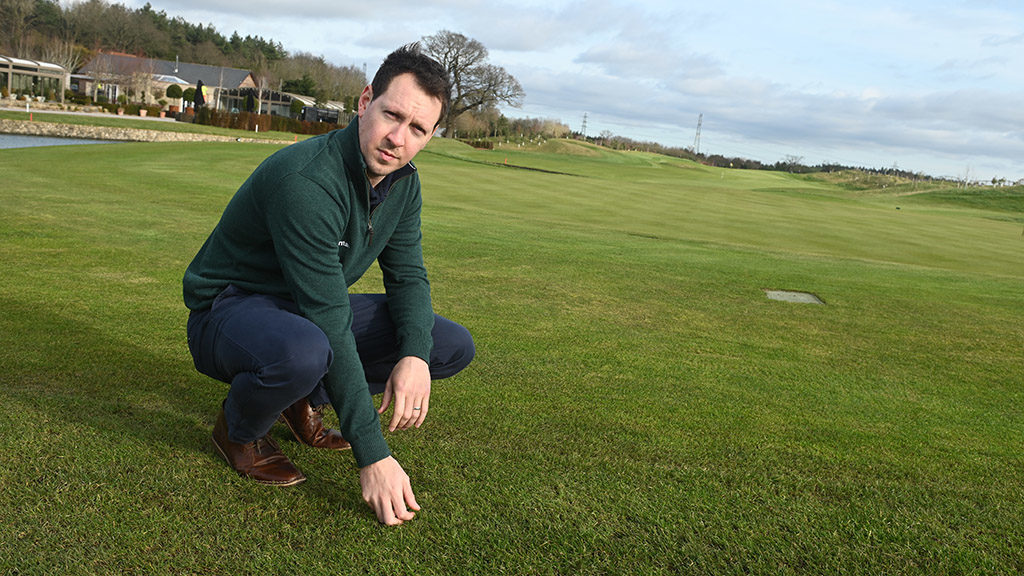
Early removal can also be more effective while weeds are smaller, and before they have the time to build up root reserves that inherently makes them harder to kill later in the season.
Weeds do need to be actively growing at the time of treatment to achieve rapid uptake of herbicide into the leaf, and to translocate it down into the roots.
Plants that are moving photosynthetically generated carbohydrates from the leaf down to the root for storage, will inadvertently take the absorbed herbicide active with it.
Treatment during periods of slow or zero weed growth can risk reduced total kill of the target. Furthermore, any transient effects of a herbicide application on turf leaves could be more pronounced or prolonged if the grass is not actively growing.

Two good indicators of growth include soil temperature forecasts and Growing Degree Days (GDD). Both are available free on the Syngenta Turf website. The ‘Key turf growth temperature’ data on the weather page gives a full week’s forecast of soil temperatures at 10cm depth; ground surface temperature and frost warning.

It is often assumed that soil temperatures are far more consistent over the day or through a prolonged period, compared to air temperatures. However, at a depth of 10cm, soil temperature probes show that it does actually track air temperature relatively closely. In spring temperatures can fluctuate by up to 10⁰C or more over the course of the day; particularly on light sandy green constructions, for example.
WeatherPro on the Syngenta website provide far more detailed mapping of the forecast surface and soil temperatures, along with soil moisture – including the opportunity to dig down further into conditions deeper in the soil profile.
WeatherPro maps
The maps are especially useful to see climatic changes through the day. While spring air temperatures can rise nicely by day when an application may be made, if there is a frost at night plant growth will shut down and any herbicide movement in the weed will cease.
The use of GDD can also provide a good indication of active weed growth and timing for herbicide treatment. Alongside the soil temperature, spring conditions in recent years have seen some incredibly dry periods, which could also constrain active growth.
In addition to improved speed of and efficacy of weed kill from treatment when there is active growth, is that turf can quickly knit over and fill any gaps left from weed removal. That’s important for playing surface quality, along with minimising the risk of weed seed germinating on bare soil left in the gaps. Earlier control of smaller weeds is less conspicuous and exposes less bare ground. Strong turf growth also masks any unsightly browning as the weeds die back, particularly with creeping weeds among the turf sward.
Allied to conditions conducive to consistent growth, the weather can also have a major implication for application timing in the spring. Typically spray days can be limited by windy conditions and frequent rain showers. It’s also often a busy time on the golf course that can limit spraying opportunities.
Spray window forecast
The Syngenta website provides an extremely useful tool for a ‘Spray window forecast’ - click on the 'Ground spraying' tab on the weather page - indicating when conditions will be most suitable for application, including colour coding for recommended timing; limited opportunities or when weather indicates spraying should be avoided. It also identifies times when using drift reduction nozzles could open up more opportunities for spraying.
Of real value for optimising spray opportunities, trials with the new Syngenta broad-leaved herbicide, Overtake, have shown high levels of control on a broad spectrum of weeds when applied at a lower water volume of 200 litre per hectare, compared to 400 or 600 l/ha typically recommended for other herbicides.
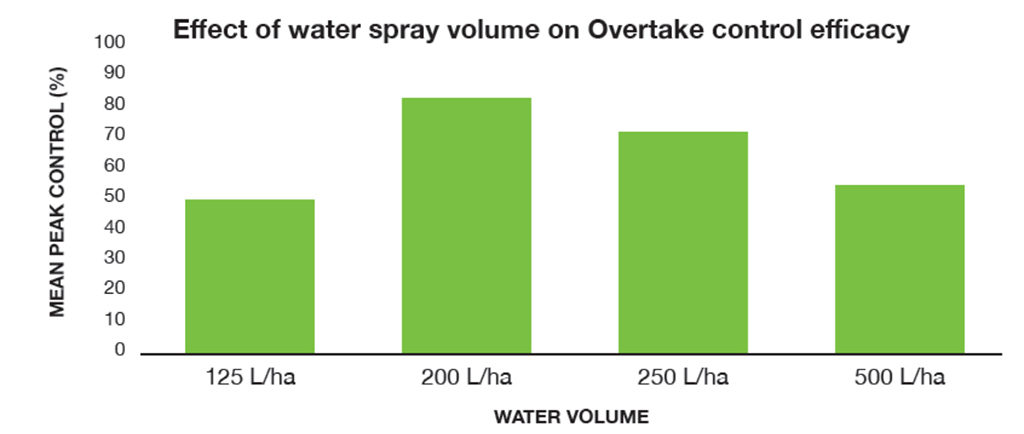
Using the lower water volume enables operators to get around the course in significantly less time and with less disruption to golf. Furthermore, extensive application research has shown lower water volumes can result in greater retention of droplets and herbicide active on the target leaf, compared to over wetting and run off from the leaf that can occur at higher volume application. That is especially important with some weed species with waxy leaves that are notoriously difficult to treat.
Application techniques
Trials have shown weed control rates of over 80% when a applied at 200 l/ha can be reduced to less than 60% from the same application at 500 l/ha. The trial also showed the importance of having sufficient water to achieve good leaf coverage, with application at 125 l/ha seeing herbicide results drop to 50% weed kill.
Application at 200 l/ha facilitates the use of drift reducing purple Syngenta 025 Turf Nozzle with its droplet spectrum designed for coverage of the foliage and retention on the leaf.
This nozzle would apply 200 l/ha at 5 km/hr forward speed operated at the optimum 2.0 bar.
Operators working at higher water volumes typically have to increase sprayer pressure to deliver the desired nozzle output, which inevitably leads to a higher proportion of fine droplets in the spray mix that are more susceptible to drift.
Hormone herbicides
Using the same 025 nozzle to apply 400 l/ha, for example, would necessitate slowing down spraying to 3 km/hr and increasing operating pressure to over 3.0 bar – which would take longer and increase the risk of drift from smaller droplets.
The importance of the broad-leaved control and desire to achieve the best possible results typically justifies a specific application of the product on its own at the optimum timing.
That is particularly the case with hormone herbicides, where tank-mix combinations with fertilisers, trace elements or PGRs are advised to be avoided.
Identification of the weeds present in the sward is essential in choosing an appropriate herbicide covering a broad spectrum. Getting the right timing for spring use and focus on the application techniques can achieve high levels of control from a single application.


